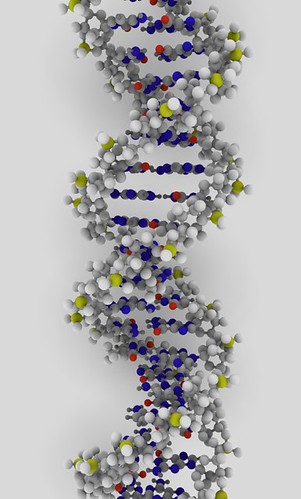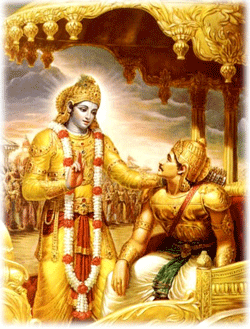Improper postmortem can lead to the death of justice
 A dead body was found in a remote village of Madhya Pradesh. It had been discovered in a well after seven days of the death of the deceased. It was in a heinous condition and the people were even scared to look at it. The matter was reported to the police. The constable went running to the house of the government doctor who was posted in the village.
A dead body was found in a remote village of Madhya Pradesh. It had been discovered in a well after seven days of the death of the deceased. It was in a heinous condition and the people were even scared to look at it. The matter was reported to the police. The constable went running to the house of the government doctor who was posted in the village.
There was party organized at his house. Everyone a couple of doctors, their wives and children were enjoying some quality time with each other.
The news was indeed pleasure to none. The other doctors immediately decided to leave the party as if the doctor on duty was disowned by the whole community.
The doctor also realized the pain and trouble he had to undertake to carry on his duty. Therefore he choose a convenient way out. Instead of fulfilling his duty deligently, he decided to stay and delegate his work to the drunk peon in the hospital. Consequently, the report lacked necessary details which could have been sufficient to arrest and prosecute the guilty. This is a true story was narrated by Dr. Satpati (a leading medical expert in postmortem).
The story is not a myth but an ignored reality. In most of the cases the accused is given the benefit of doubt due to lack of evidence. The laxity of police officials, investigating team and medical experts are the prime reasons for injustice and judicial failures.
The concern raised in the story mostly deals with the disinterest doctors have in examining dead bodies and rape victims. It is important to note why doctors are disinterest in carrying on their duties? The answer is simple conducting postmortem is not exactly the part of their duties. India lacks medical experts in areas of postmortem and rape. Thus these duties are often delegated to a government doctor who is on duty in a village or district.
The traditional Indian notions that dead bodies are to be dealt only by untouchables, still exists in the mindsets of the people. Hence like everyone else, the doctors also try to ignore or delegate their duties to not so expert “drunk peons”. The results are disastrous, it not only provides an easy exit to the offender but also results in gross miscarriage of justice.
Another problem which must be addressed is the lack of knowledge in legal practitioners about forensic science. Most of the times the judge, the lawyer and the accused have no knowledge to check the veracity of a medical experts testimony. Moreover the language of law is alien to the medical experts and the medical language is a stranger to the lawyers. This communication gap often leads to miscarriage of justice. The medical experts are aware that it is difficult to challenge their opinion and even if they act ignorant, careless or venal they have almost no accountability.
Dr Satpati in his lecture told that it is easy to discover truth, if proper investigation is undertaken and minute details are noticed. A connection must be established between the wound and injury to the weapon discovered. The difference in pattern of wounds can be used to figure out the number of weapons and thereby helping in deducing the number of attackers. The pattern of wounds are also helpful in deciding veracity of cases specially when the wounds are self-inflicted. The date of infliction of injury can be figured out by noticing the color of the wound. The color of the wound changes in the VIBGYOR pattern similar to that of the rainbow. Thus a corresponding link can be established between the day of the crime and the time elapsed thereof.
It is unfortunate that most of the times the evidence is not destroyed by perpetrators but by the guardians of justice. This defect can be cured only by appointing some more medical experts who specialize in areas of rape and postmortem. A collaboration must be developed between the legal (judges, students and lawyers) and medical experts. This must be initiated by imparting some basic knowledge on medical forensics to law students. Medical ethics is a term which is more related to field of medicine than medicines itself. The medical experts must not only treat it as their professional duty but also their moral duty. It is not the interest of the dead that they keep at stake. It is the faith of millions who believe in the medico-legal system that is risked.
Read more



 History of Public Interest Litigation:
History of Public Interest Litigation:

